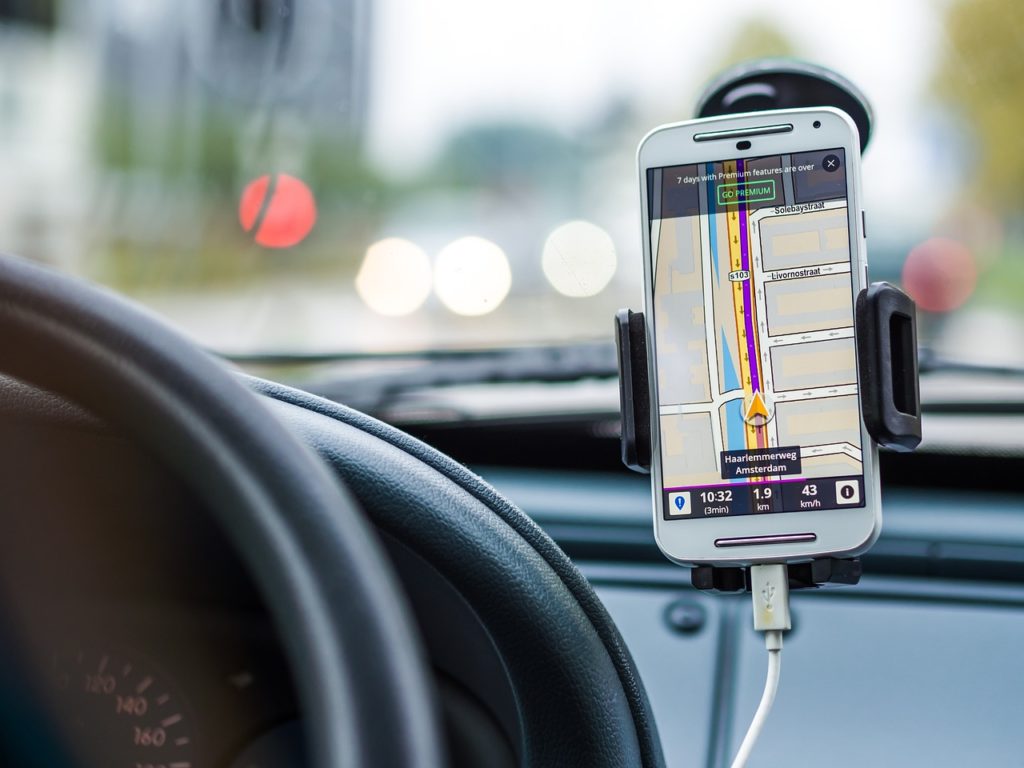Driving anxiety is more than just a minor concern; it’s a significant disorder that can paralyze people with fear, affecting their competence behind the wheel and their overall quality of life. For many, the mere thought of driving triggers an overwhelming sense of dread, leading to the avoidance of driving altogether. This condition is deeply rooted in stress and can arise without warning, severely limiting a person’s mobility and independence.
Sources of Driving Anxiety
This intense apprehension doesn’t appear out of nowhere—it is often the culmination of various factors. Identifying the root causes is critical to addressing the disorder effectively. Let’s delve into some of the most common origins of driving anxiety.
Impact of Previous Accidents
The trauma from car accidents, regardless of severity, can leave an indelible mark on a person’s psyche. The vivid memories of such events can cause the driver to relive the same distress whenever they find themselves in similar situations or even when they simply think about driving.
Fear of Large Vehicles
The daunting size of large vehicles operating nearby can be enough to instigate a significant level of anxiety. Big trucks can weigh more than 10 times more than your average car, which sets trucking collisions among the most serious accidents, says a truck accident lawyer from Indiana. The disproportionate scale between a standard car and something like an eighteen-wheeler can make one feel vulnerable and uneasy about the control they have over their safety on the road.
Fear of Highway Driving
Highways represent a unique challenge with their increased speed limits and the volume of vehicles, all moving at high speeds. For someone with driving anxiety, the heightened pace and the need for quick decision-making can be particularly overwhelming.

Physical and Emotional Symptoms
The experience of driving anxiety is not just an emotional ordeal; it comes with very real physical symptoms. These can range from an increased heart rate and excessive sweating to a sensation of nausea and trembling. Emotionally, it can be just as taxing, with drivers experiencing intense fear or engaging in catastrophic thinking.
Dealing with Past Driving Mishaps and Screw-ups
Coming to terms with one’s driving history, especially if it includes negative experiences, is essential in addressing driving anxiety. Past mistakes can loom large, influencing current perceptions and reactions to driving.
Steps to Overcome the Fear Caused by Past Screw-ups
Acceptance
Acknowledging that mistakes are part of the driving experience is a vital first step in overcoming driving anxiety. It’s important to accept that mishaps on the road are not unique to the anxious driver—they are a universal aspect of driving from which everyone can learn.
Mindfulness and Reframing
Employing mindfulness strategies can be incredibly beneficial. It encourages a focus on the present, preventing the mind from dwelling on past errors. Coupled with reframing, a process which involves shifting one’s mindset to view mistakes as learning opportunities rather than failures, it can significantly reduce anxiety.
Seeking Professional Help if Necessary
For some, the anxiety associated with driving is so severe that it requires intervention beyond self-help strategies. In these cases, seeking the guidance of a mental health professional through therapy or counseling is a recommended course of action. Professionals can offer tailored strategies and support to help individuals manage their fears and gradually regain confidence on the road.
Tips and Techniques for Overcoming Driving Anxiety
Mindfulness and Relaxation Techniques
In the journey to conquer driving anxiety, mindfulness and relaxation techniques are pivotal. They play a significant role in managing stress and keeping anxieties at bay, especially in high-pressure situations like driving. Adopting these methods can significantly alter how one reacts to the stresses of driving.
Effective Breathing Exercises
One of the simplest yet most powerful techniques is effective breathing exercises. By focusing on slow, deep breaths, a person can help calm both the body and mind. This reduction in anxiety is crucial as it aids in maintaining focus on the road, ensuring a higher level of safety and control.
Progressive Muscle Relaxation
Another technique that has proven effective is Progressive Muscle Relaxation. This method involves leading the individual in systematically relaxing their muscles. By doing so, it can significantly help in reducing the physical symptoms associated with anxiety, such as muscle tension, which is often a major hurdle for anxious drivers.
Exposure Therapy Gradual Exposure to Driving
Gradual exposure to driving situations is a cornerstone of exposure therapy. The idea is to start driving in less stressful environments, such as quiet, rural roads or empty parking lots. As confidence builds, the individual can slowly move towards more challenging situations, like city driving or busier highways. This step-by-step approach can dramatically reduce anxiety levels over time.
Virtual Reality Exposure Therapy
Virtual Reality Exposure Therapy is an innovative approach. It utilizes virtual reality technology to provide realistic driving experiences without any actual risk. This method provides a safe space for individuals to practice driving and gradually overcome their fears in a controlled environment, which can be exceptionally beneficial for those who experience intense driving anxiety.
Positive affirmations
The power of positive affirmations should not be underestimated. Regularly affirming oneself as a capable and safe driver can foster positivity and gradually replace the fear and apprehension with confidence. These affirmations can reinforce a positive self-image and belief in one’s driving abilities.
Seeking Professional Help Cognitive Behavioral Therapy (CBT)
Cognitive Behavioral Therapy, or CBT, is another powerful tool. It helps individuals in changing their thought patterns, especially those that lead to anxiety. By addressing and modifying these negative thought patterns, CBT makes individuals less prone to anxiety, particularly in stressful driving situations.
Hypnotherapy
Hypnotherapy can work on a deeper level by directly influencing the subconscious perceptions and fears related to driving. This technique can be particularly effective for those who have deep-seated fears that stem from past experiences or long-held beliefs about driving.

How to Maintain Confidence and Avoid Future Screw Ups
Importance of Regular Practice
To maintain confidence in driving, regular practice is essential. Driving frequently not only helps in keeping skills sharp but also reinforces good habits. This regular practice is key to overcoming fear and building confidence, as familiarity with driving tasks makes them seem less daunting over time.
Defensive Driving Techniques
Learning and applying defensive driving techniques is another crucial aspect. These techniques help predict potential risks and dangers on the road, enabling drivers to navigate them safely. By anticipating possible scenarios and knowing how to react, a driver can significantly reduce their anxiety.
Value of Continued Learning and Updates
Finally, the value of continued learning and staying updated about driving rules, regulations, and best practices cannot be overstated. Being well-informed and up-to-date prepares drivers for all kinds of situations, which can consequently reduce anxiety. This knowledge ensures that drivers are not just relying on their skills but also on their understanding of the driving environment, leading to a more confident and anxiety-free driving experience.
Conclusion
Overcoming driving anxiety or fear, especially after a screw up, is a journey. It starts with understanding the problem, accepting the impact of past incidents, and then proactively working towards overcoming the fear. Remember, it’s completely natural to make mistakes and experience fear. But it’s equally crucial to overcome these fears and anxieties for a safe and comfortable driving experience. So here’s to persistent effort, continued learning, and, most importantly, safe and anxiety-free driving.


















